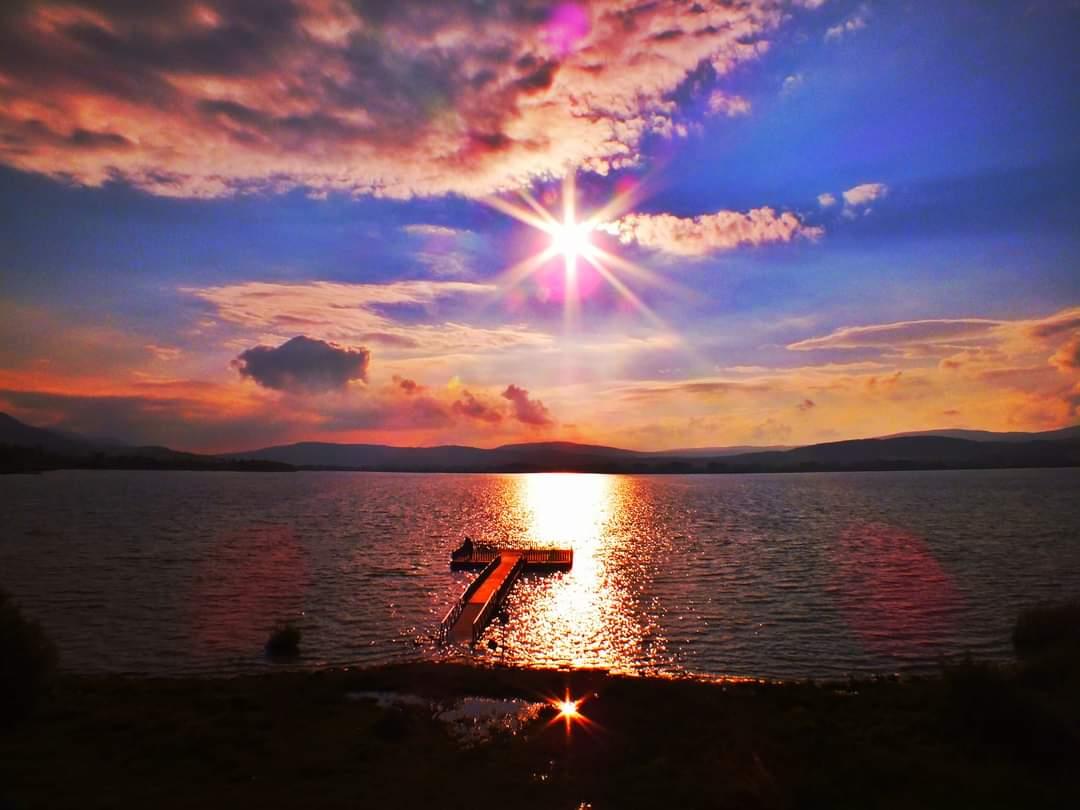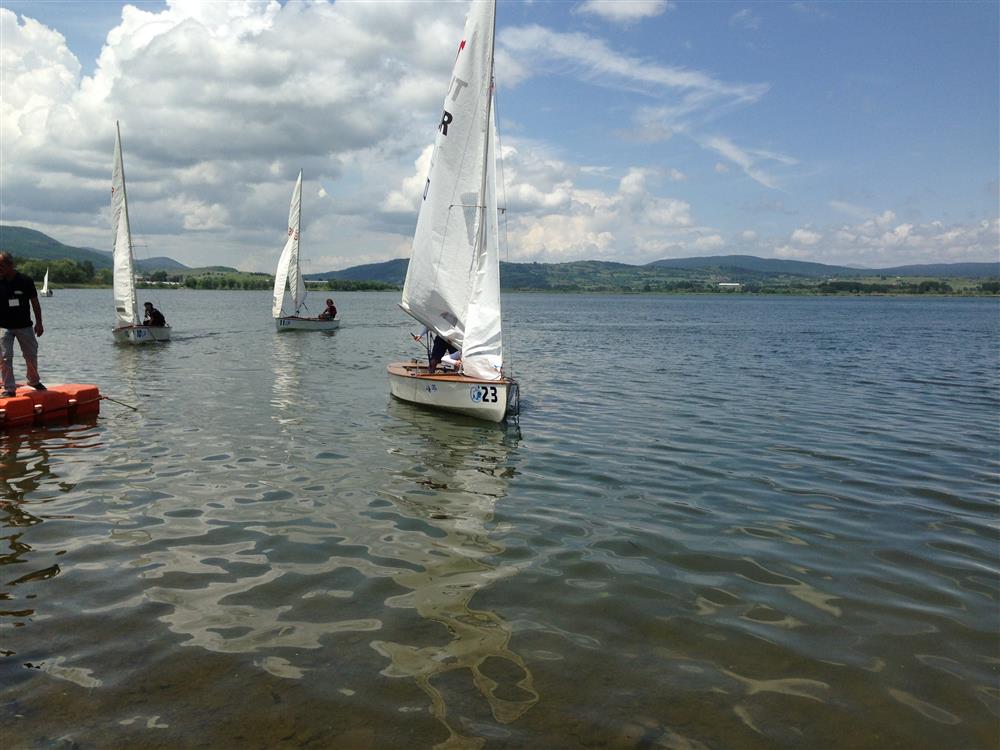Lake Yeniçağa is a wetland of national importance located within the borders of the Filyos Sub-basin in Turkey's Western Black Sea Basin. It is a basin lake (çanak gölü) located 37-38 km east of the Bolu provincial center, on the D-100 highway, in the Yeniçağa district center.
Geographical and Administrative Characteristics
The Yeniçağa district is located 38 km from Bolu, 150 km from Ankara, and 280 km from İstanbul. The altitude where the lake is located varies between 989 and 990 m. The total basin area of the lake is 145 km², and the registered wetland boundary is 8224 ha. The lake area has been determined as 263.65 ha (2780 decares). The average depth of the lake is 5 m, and its deepest point is 12 m.
The Yeniçağa Wetland was approved as a Wetland of National Importance on 25.12.2014, and its boundaries were registered on 08.04.2015. A Management and Development Plan covering the years 2017-2021 was prepared for the area.
Lake Yeniçağa (Kültür Portalı)
Historical Background
The conquest of the region was carried out by the Turks between 1074-1078 and was immediately settled. The name of the settlement was called Çağa in dedication to the memory of Çaka Bey (Chaka Bey), the conqueror of the region.
A large part of Çağa was burned to ashes as a result of fires. After these fires, a decision was taken to move to a wider area in order to build new houses for the homeless people. The Mumpınarı Mevkii (locality), an empty meadow area south of Lake Çağa, was deemed suitable as the new settlement location. The settlement known today as Yeniçağa (New Çağa) was established in this locality after 1910.
Historical artifacts from the Byzantine and Ottoman periods are found in the Eskiçağa (Old Çağa) Village, located north of the district. It is known that Yıldırım Beyazıt (Bayezid I) chose this region as a place of accommodation before the Battle of Ankara and had a hamam (Turkish bath) built.
The Legend of Lake Çağa
A legend, enriched with religious motifs, is told to explain the formation of the lake. The story begins with the village people, who were ungrateful and did not help the poor, being tested by an old man believed to be Hızır (al-Khidr). As a result of only a woman in need acting mercifully, Hızır tells the woman to leave the village with her child; because the village will be destroyed (helak olacaktır). While the village is submerged under water, it is believed that the woman and her child turned to stone upon her violating the prohibition against looking back. Traces from the story of Noah's Flood (Nuh Tufanı), the story of Prophet Lot (Lut Peygamber), and the story of Hızır are found in the legend, and the narrative carries the message "do not forget to give to the poor from what you earn."

Lake Yeniçağa (Bolu İl Kültür Turizm Müdürlüğü)
Biodiversity and Ecological Structure
Lake Yeniçağa is an ecosystem of national importance according to international criteria. It hosts different and valuable habitats such as open water surfaces, reedbeds, marshes (bataklıklar), wet meadows, and steppe areas.
Flora (Plant Presence)
Lake Yeniçağa is one of the 112 important plant areas in Turkey. Between 384 and 400 different plant species/taxa have been identified in the area and its sub-basin. 12 to 16 of the identified species are endemic to Turkey. Furthermore, 4 species under protection and 8 plant species rare in our country are present in the area.
Fauna (Animal Presence)
The lake is one of the 184 important bird areas in Turkey. As a result of observations made, 217 bird species have been identified. The region is an area of critical importance during migration and breeding periods, where 97 bird species incubate (kuluçkaya yattığı) (27 waterfowl, 14 raptors, 56 passerine bird species).
Important Bird Species
- Regular Incubators: Crane, Eastern Imperial Eagle (Şah Kartal), White-tailed Eagle (Akkuyruklu Kartal).
- Migration Period Species: Honey Buzzard (Arı Şahini), Osprey (Balık Kartalı), Ruddy Shelduck (Angıt).
- Special Colony: The grey heron colony of at least 70 nests, located on poplar trees in Hamzabey village, holds the distinction of being the only heron colony in Turkey identified intertwined with humans within a village.
Fish Species
Of the 6 fish species living in the lake, the siraz fish and the freshwater chub (tatlı su kefali) are endemic. Carp (sazan), karabalık (Tinca tinca or similar), and crayfish (kerevit) are other species found in the lake.
Recreational Use
The lake surroundings offer a suitable environment for activities such as angling (olta balıkçılığı), bird watching, and nature hiking, making it a valuable center for scientific studies and recreational uses.
Activities
- Sport Angling
- Bird Watching (There are two bird watching towers on the lake shore.)
- Nature Hiking and Bicycle Tours
- Picnicking and Photography
- Plant (Flora) Observation

Lake Yeniçağa (Bolu İl Kültür Turizm Müdürlüğü)
Transportation
Transportation to the Lake Yeniçağa wetland can be provided from the Bolu provincial center via minibuses going to the Yeniçağa district or by individual vehicles via the D-100 highway.


